Medical debt collection is a highly sensitive and complex process made more challenging given today’s inflation and rising delinquency rates among patients’ broader consumer debt load. Many patients who have medical debt are experiencing both health issues and financial hardship. As health-burdened patients turn to credit to handle and control growing debts, providers face reduced debt-servicing capabilities.
Today, more than ever, it is essential to have a complete, patient-centric approach to collections by leveraging technology to assist debt collectors, monitor current market conditions, and provide empathetic support to patients. This may seem like a daunting task, however the integration of digital tools and regulatory changes has made it possible for providers to implement debt recovery strategies that are both effective and cost-efficient.
Generative AI and Tech Drives Smarter Decisions, Stronger Outcomes
Technology has allowed us to create a kinder, gentler debt collection process that has helped increase collections while simultaneously reducing the cost to recover receivables. Today, we are seeing the progress of predictive analytics, which heavily and positively contribute to patient-centric experiences through personalization. Data-driven tools continue to allow creditors to segment debt portfolios efficiently, which helps them prioritize accounts based on their propensity to pay.
AI-based analytics platforms also play an increasingly transformative role. At Teleperformance, we have rooted our collections services on the key pillars of people, processes, and technology powered by advanced analytics. We support clients with a proprietary suite of tools including TP Recommender which provides propensity-to-pay and omnichannel segmentation-based models and strategies. Additionally, we offer compliance monitoring for adherence to the Fair Debt Collection Practices Act, including Regulation F, and the Telecommunications Consumer…
Read the full article here







